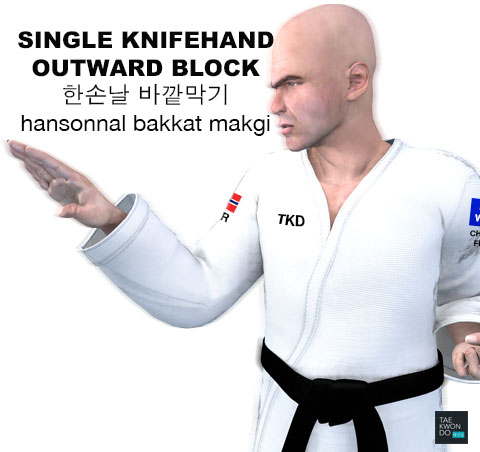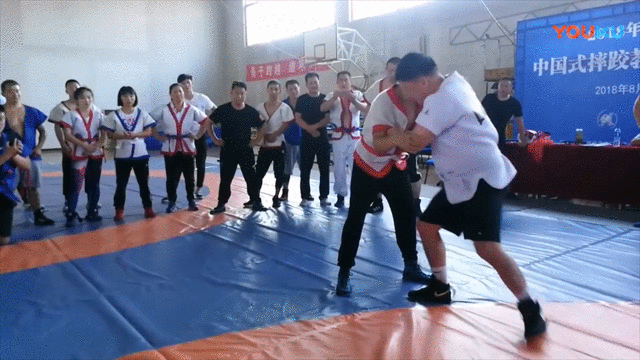isshinryuronin
Master of Arts
- Joined
- Feb 28, 2019
- Messages
- 1,928
- Reaction score
- 2,108
Does what your hand actually "does" change when you do a knifehand strike vs. block? Target different, I get that, but the mechanics from elbow down? I don't think mine do... but it's been aminute.
Just what is a block vs a strike? Is it simply a matter of target? A strike on a weapon can be called a block, especially if done with a defensive frame of mind to simply deflect an attack to keep from getting hit. But can't it also be called an attack if thought of offensively, intending to damage the arm or leg, or to reposition it to open up a line of continuing attack.?
So, largely, IMO, whether a move is a block or a strike, defensive or offensive, is purely in the mind, depending on your intention or spiritual attitude. No matter what you call it, ALL moves should be done with an offensive spirit with victory in mind.
What about a move that both deflects the opponent's attack and continues on to make contact with his head - is it a block that turns into a strike, or a strike that acts as a block on its way to the final target.? Motobu Choki shows such moves in his 1934 book of kumite. Ed Parker called such moves "single thrust, dual purpose."
There is a saying, "There are no conventional blocks in karate." This simple sentence has a lot of stuff inferred. Many forms have what are commonly called blocks. But looking at the old texts it can be seen that many of these "blocks" are really strikes, their original meaning lost over time, or perhaps the terms are transferable depending on the circumstances.
Maybe the concept of attack/block, offense/defense, is simply a construct of our mind --- in practical application they are one and the same?





